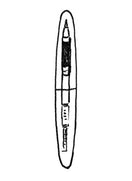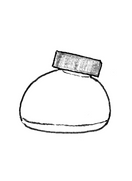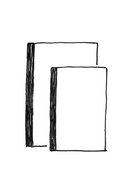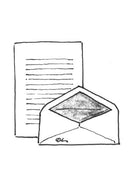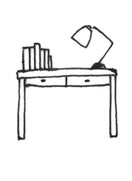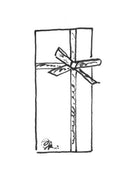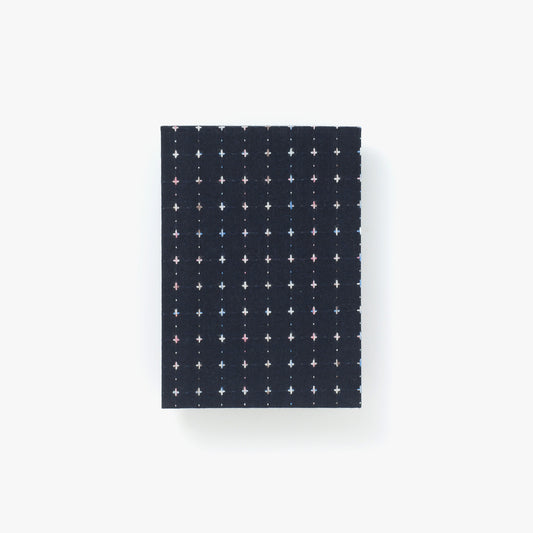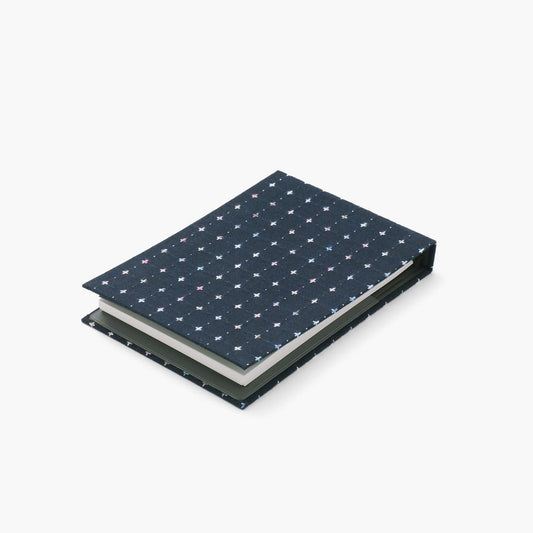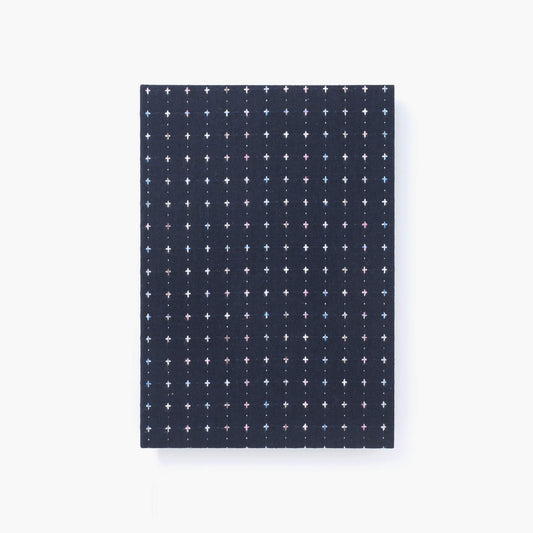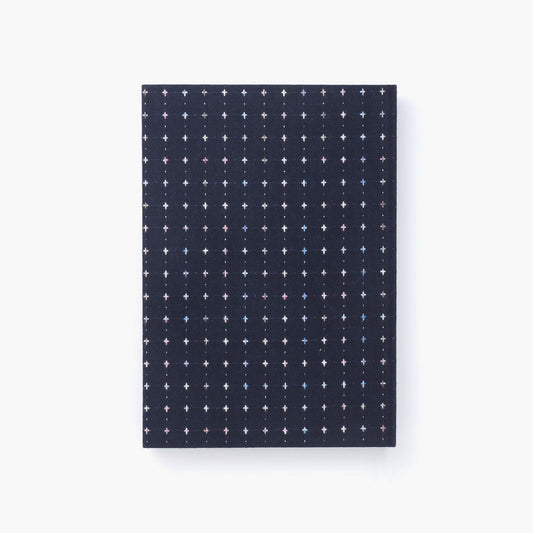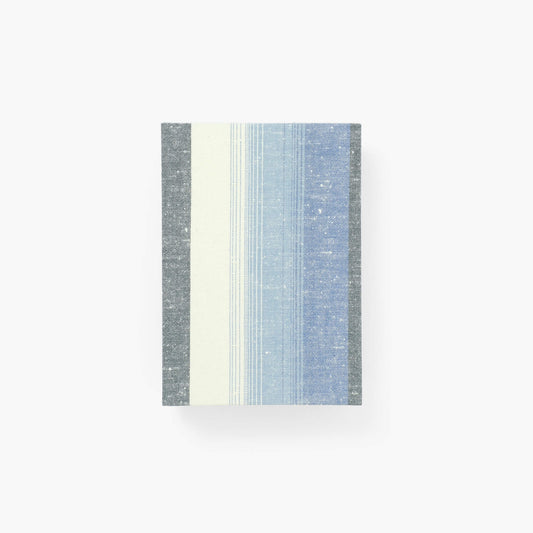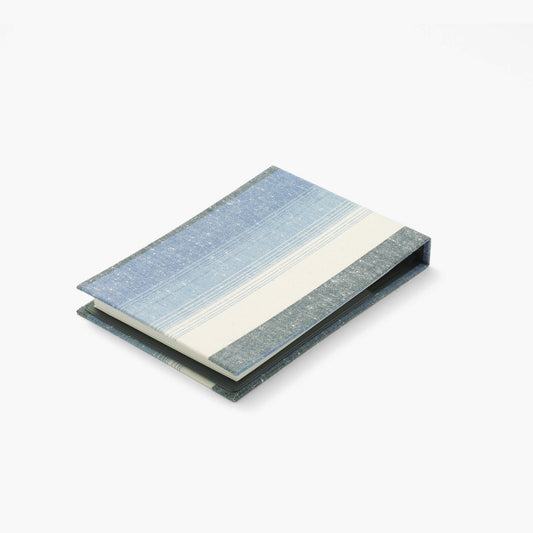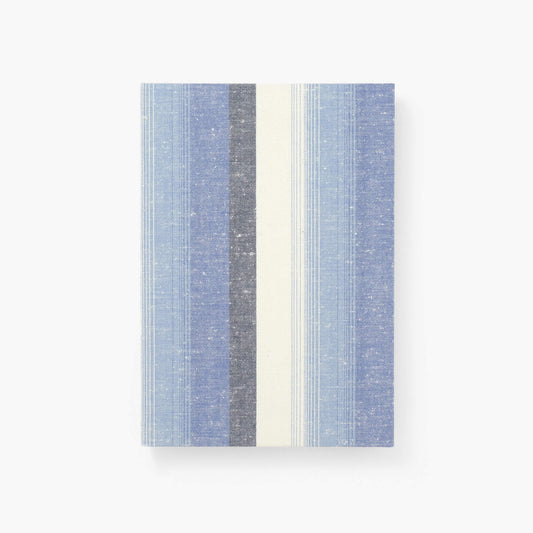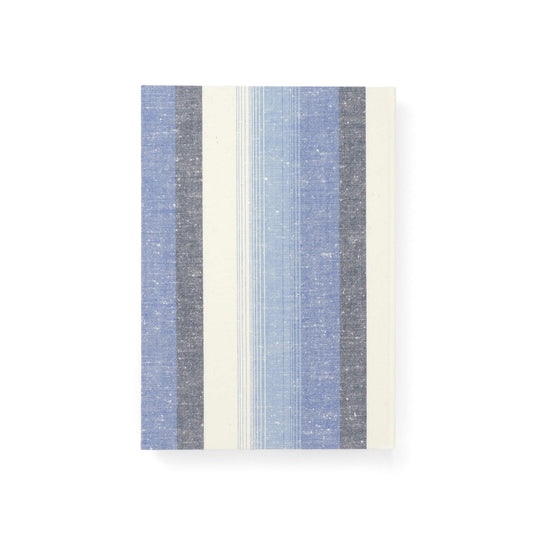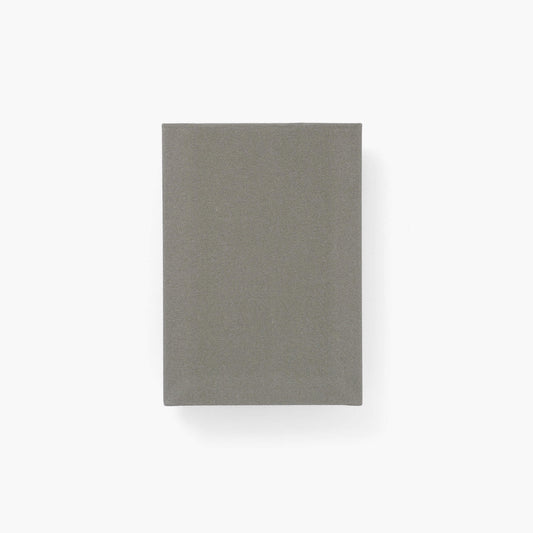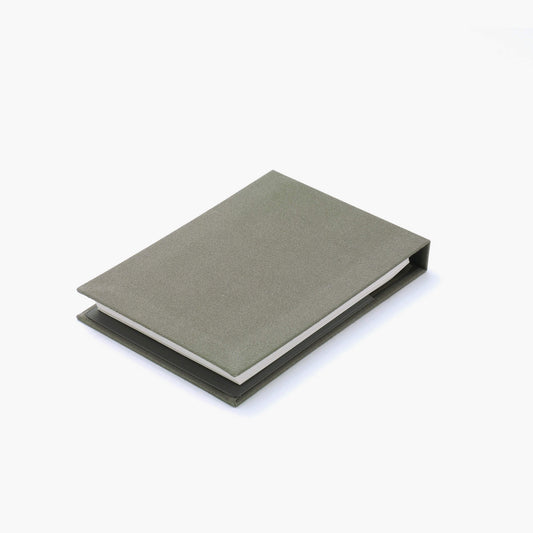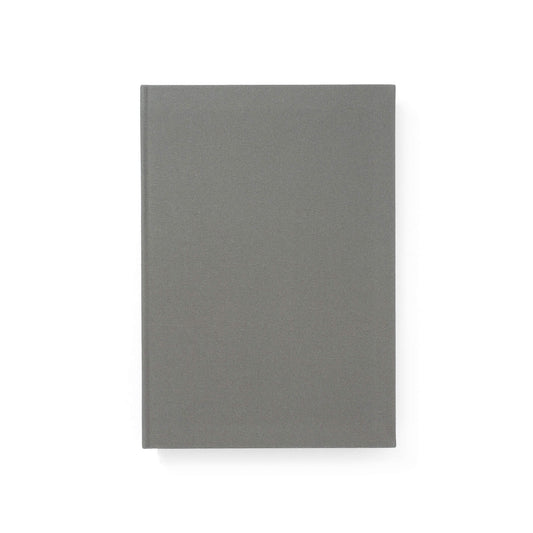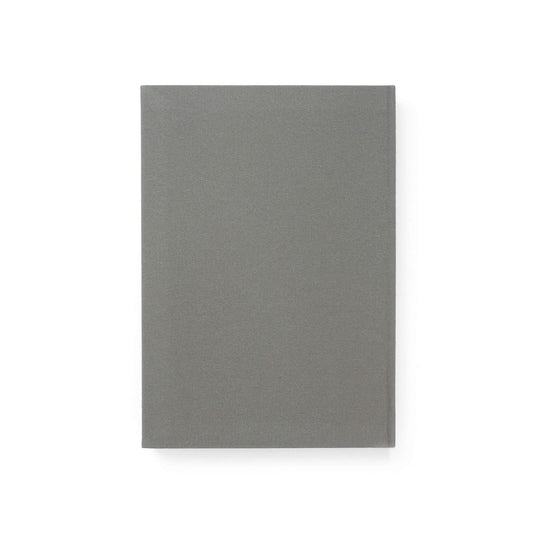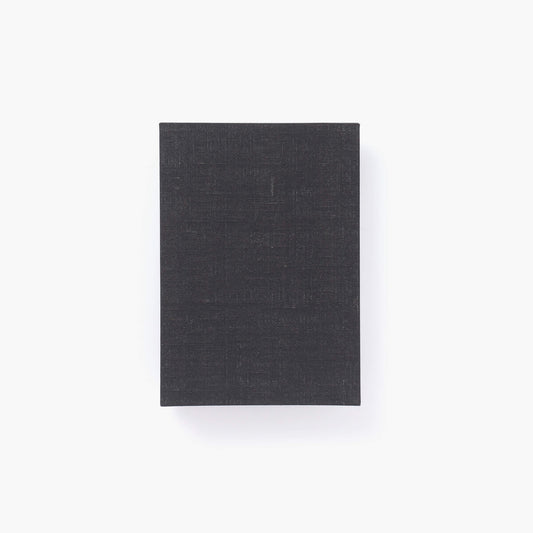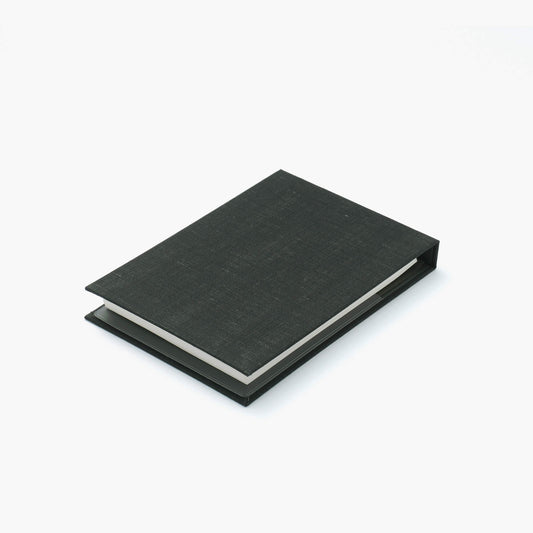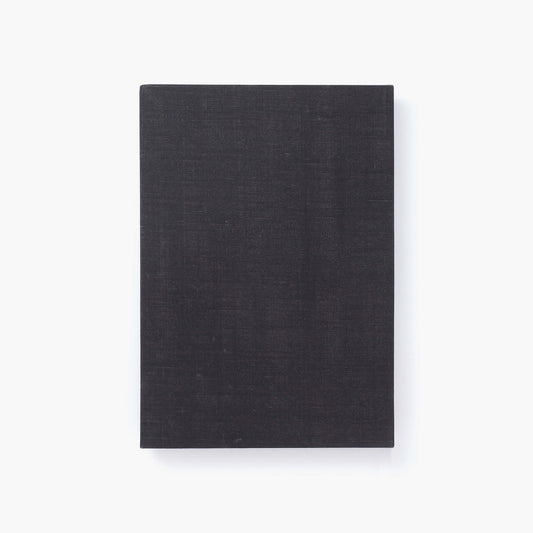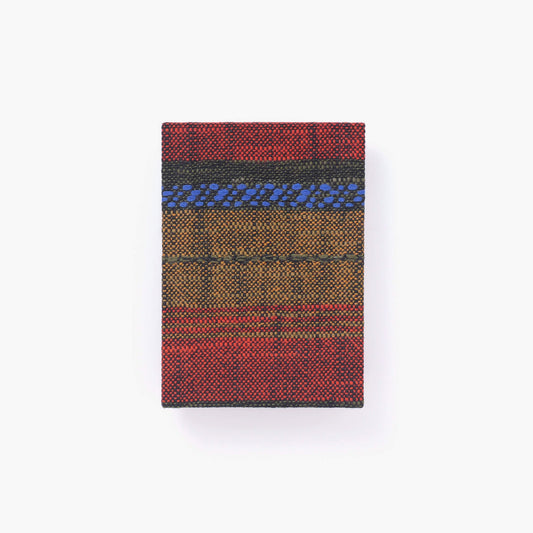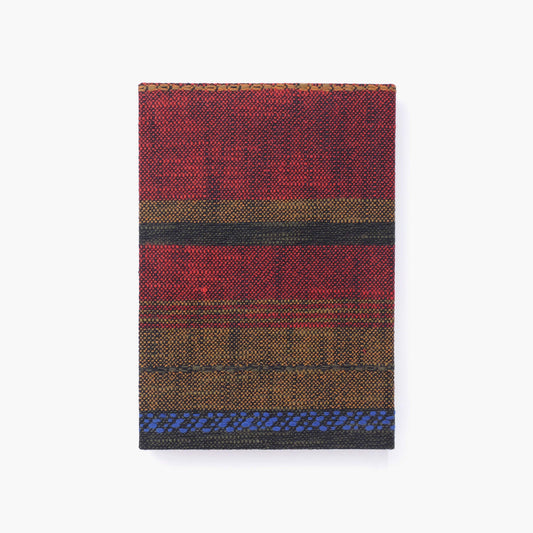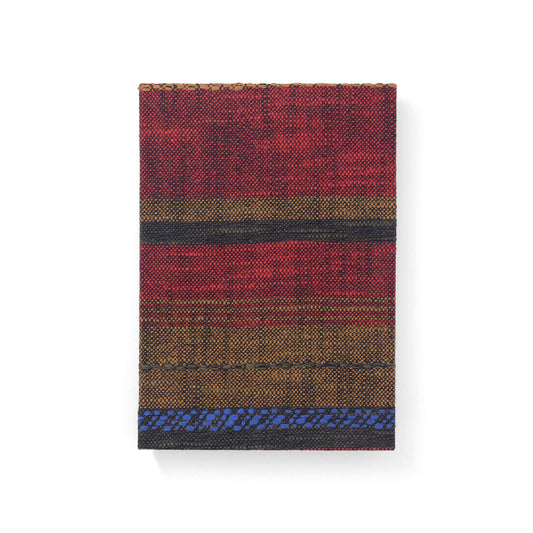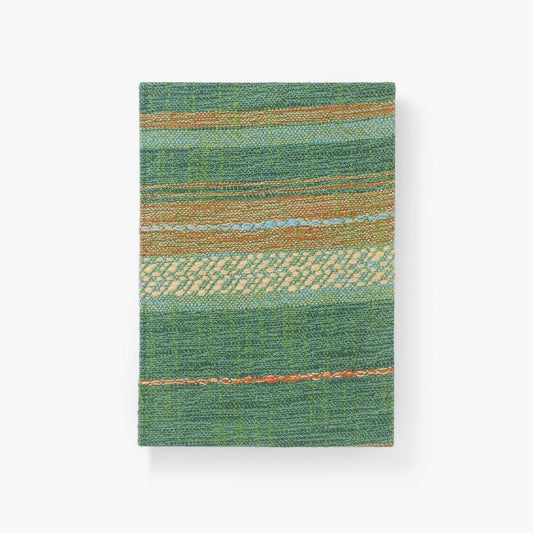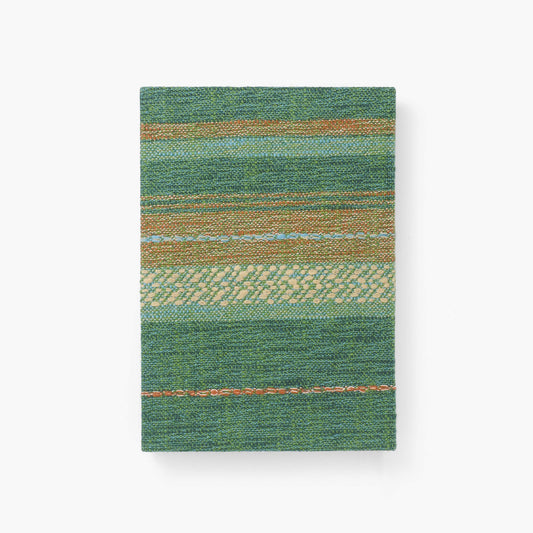Kakimori’s notebooks are designed much like fashion collections, with fabrics carefully chosen for each season or collection. Our previous editions have featured fabrics from fashion labels, kimono makers and traditional textiles producers — and we’re pleased to introduce our latest addition: Enshu Orimono.

Shizuoka Prefecture, Japan’s largest tea-growing region, where factories and tea farms can be seen side by side
Enshu Orimono is a traditional Japanese woven textile, with its craftsmanship passed down through generations in western Shizuoka Prefecture since the Edo period. Thanks to the region’s mild climate, cotton and indigo cultivation has flourished here for centuries, leading to the establishment of a cotton weaving industry during the Edo period.
We were introduced to Enshu Orimono by Itohen, a local business offering curation services with the goal of promoting Japanese craftsmanship. Located just around the corner from our shop, the company runs Sanchi No Gakko (School of Regional Production) — providing comprehensive education in textile production for those looking to enter the textile and apparel industries — and is also involved in a range of media, exhibition and activation projects that celebrate all things textile-related.

Shinya Miyaura, Director of Itohen
In creating our latest notebooks, the team at Itohen helped us select a range of Enshu Orimono fabrics, giving us an opportunity to discover more about these beautiful traditional textiles.
Enshu Orimono is renowned for its cotton weaving, and one of its distinctive characteristics is the type of loom used in its production. Since modernisation, there has been a steady rise in high-speed looms capable of producing uniform fabric with greater efficiency. Enshu Orimono, on the other hand, is still woven using older ‘shuttle looms’, in which a shuttle passes through the weft yarn. Though slower and less efficient, this method creates fabric with a firmly woven, textured surface that highlights the richness and depth of each design. Even today, this region has the highest retention of old-fashioned shuttle looms, and is home to a wide variety of textile factories.

The Itohen team visits each factory in person and handpicks new fabrics while they are still in development. Each factory has its strengths and unique characteristics, allowing them to find one-of-a-kind fabrics and hear each maker’s passion and story.
Here are the five fabrics selected by Itohen for Kakimori from four different factories, along with what makes each one special.
Enshu orimono 01

Producer: Shinchi Orimono
Developed as a project reimagining traditional Japanese motifs with a modern twist, this fabric combines Shinchi Orimono’s signature sashiko dobby with kasuri (ikat) yarn. The colourful tie-dye style yarn was specially commissioned for this project. A highly specialised, one-of-a-kind textile.
Dobby: A fabric woven on a dobby loom, characterised by repeat geometric patterns
Kasuri yarn: Fibres that have been dyed in sections to create patterns when woven
Enshu orimono 02

Producer: Nukumori Koubou
Enshu mentsumugi is one of the region’s traditional crafts, dating back to the Edo period. The artisans adjust the shuttle loom according to changes in the seasonal temperature and humidity, weaving each piece slowly and with care. This fabric features beautiful colours and a pattern inspired by Mount Fuji, and softens with use over time.
Enshu orimono 03

Producer: K Textile
A moleskin fabric made from Indian cotton. Skipping the sheen treatment enhances the fabric’s suede-like softness, and it is finished with a specialised washing process that gives it a relaxed, worn-in texture.
Moleskin: A heavy cotton fabric with a soft nap and sheen, reminiscent of mole fur
Washing: A finishing process that gives fabric a pre-washed hand
Enshu orimono 04

Producer: Koyama
This fabric is woven from medium-weight linen yarn and coated on both sides using traditional Japanese sumi ink, which gradually fades and evolves over time with natural wear.
Enshu orimono 05

Producer: Shinchi Orimono
This fabric is carefully developed from the yarn-plying stage, combining several different types of yarn to create a gentle handwoven texture. The design and colour combination were refined through multiple prototypes. Due to the heavyweight yarn, the fabric is gently woven on a low-speed loom.
Plying: The process of twisting multiple strands of yarn to form the final yarn
The carefully selected textiles feature on the A5 notebooks and Mini note covers that form our latest collection. Starting with this edition, our A5 notebooks also include a book-style ribbon marker for an elevated finish.


We’re delighted with this new notebook collection, celebrating artisanal woven textiles curated through Itohen’s expert eye. This collaboration has deepened our appreciation for the richness still to be discovered in Japanese craftsmanship. We invite you to explore the collection in person at our shop and through our stockists.

